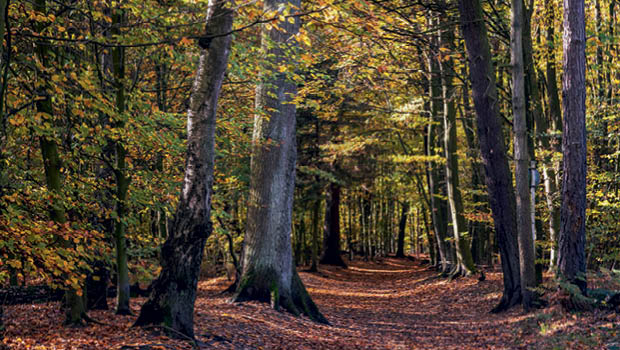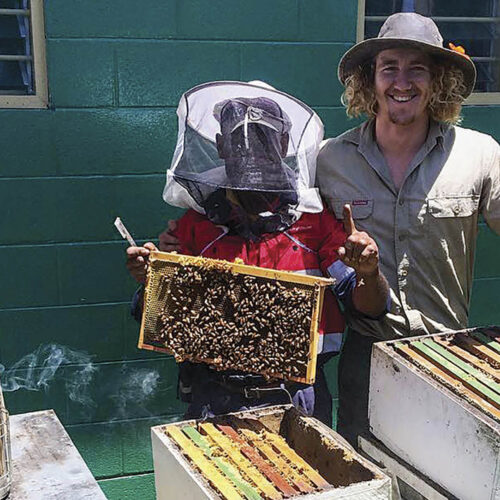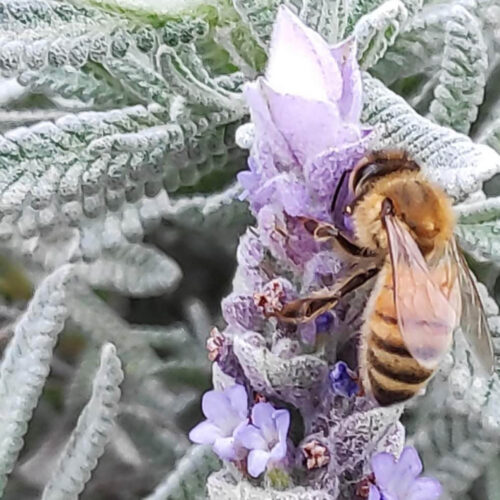Deep forest diving
2021-07-13T03:21:59+10:00
In an extract from his new book The Heartbeat of Trees, Peter Wohlleben delves into the benefits of spending time in forests.
Having worked for the forestry commission in Germany for more than 20 years Peter Wohlleben developed a deep understanding of forest ecology and trees, and now runs his own forest academy. His book The Hidden Life of Trees became a bestseller and he has just released a new book, The Heartbeat of Trees, which explores the ancient human connection with nature and forests.
The following extracts from the book explore the benefits and simple pleasures of spending time in forests. There is one caution, though, Wohlleben’s references are to European forests and we aren’t aware of specific research into the benefits (or otherwise) of Australian forests – although few would argue that walking in an Australian forest wasn’t therapeutic. In any case, Wohlleben gives us plenty to contemplate in his book as he shares how to use all our senses, from feeling to smelling, as we dive into the richness of forests.
Slowing down
… There is another reason that walking under trees is beneficial: the compounds beeches, oaks, and many other trees release into the air to communicate among themselves. These affect our circulatory system and our subconscious, and our blood pressure sinks – although not in every forest.
Experiments at the end of the 1970s discovered that while native deciduous trees in Germany show positive effects, our blood pressure can rise in non-native spruce or pine plantations, where stressed conifers exchange chemical messages about insect attacks and lack of water – and we likely pick up on these even though we are not consciously aware of them.
Your subconscious translates this arboreal activity into changes in your body as well as in your mind. The forests we experience as beautiful are those that are pleasant and lower our blood pressure.
I once used the German television presenter Bettina Böttinger to test how forests affect us. First, we walked around Cologne. With the television cameras running, I took an initial measurement of her blood pressure among the high-rises, food joints, and trams stops. I was a bit nervous because this would be a quasi-official record of whether the whole thing really worked. Her pulse and blood pressure were elevated, but that didn’t mean much – after all, I didn’t know what Böttinger’s baseline readings were. Then we drove out into the Bergische Land, a deciduous wood of oaks, hornbeams, and beeches. There we took the measuring devices out for a second time, the camera team got in position, and I looked at the readings with anticipation. Bingo! They were measurably lower. The trees were clearly as relaxed as she was.






